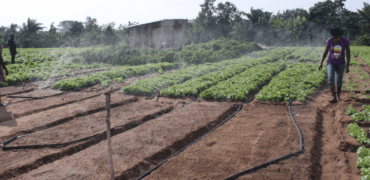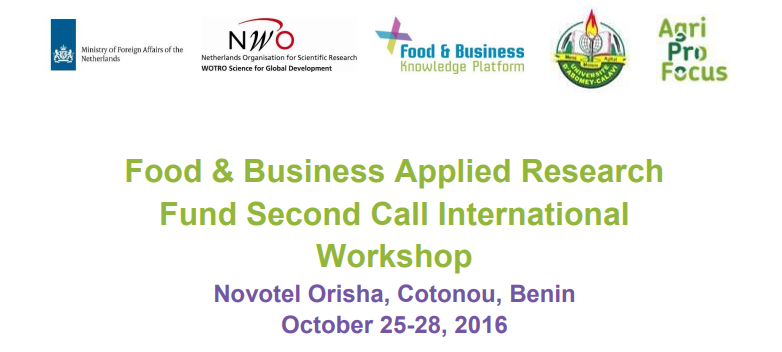Ensuring that everybody is able to access sufficient, affordable and nutritious food has been – and still is – an all-time challenge for humanity, with the issue of food and nutrition security (FNS) receiving permanent and increasing attention in the research and policy spheres. About 820 million people in the world are still hungry today, and 2 billion people experience moderate or severe food insecurity (FAO et al. 2019). In spite of efforts and interventions, the number of undernourished people in the world has been on the rise these last 5 years, with the African continent demonstrating the highest prevalence of undernourishment (FAO et al. 2019). It is now clear that the goal of zero hunger is utopic and unlikely to be achieved. Why is it so difficult to end hunger?
Food and nutrition insecurity is indeed a complex issue with multiple and interrelated causes, and which leads to negative impacts on the livelihoods and economic capabilities of populations. FNS has evolved in theory and practice during the last 70 years through a sequence of definitions, paradigms and interventions (see also Weingärtner 2004). FNS is significantly affected by economic slowdowns or downturns (FAO et al. 2019) and by the adverse effects of climate change and natural disasters (Grebmer et al. 2019).
With burgeoning global population growth, which is projected to increase by almost 26% by 2050 (UNDESA 2019), the demand for food is also increasing rapidly, and within the same timeframe, there will be a need for 60-110% more food (Tilman et al. 2011). All this in the face of numerous food supply challenges, including low agricultural productivity, increasing competition for natural resources and climate change.
The issue of FNS is further complicated by strong interdependencies with other aspects of a broad sustainable development agenda, including inclusive economic growth, changing population dynamics, decent employment, improved social protection, better access to energy, water, health, sanitation, natural resource management and protection for ecosystems (See TST 2013).
The Republic of Benin, herein referred to as Benin, is a case in point where the issue of FNS is of major concern and maintained by the trap of poverty. About 9.6% of the population (more than 1 million people) is food insecure, and about half of the population (5 million people) live in constant state of precarious food security (WFP 2017). The FNS issue is more acute in rural regions where about 12% of the population is food insecure; this compares to 7% in urban areas.
However, as a result of worsening living conditions, food insecurity in is on the rise urban areas, creating a population of vulnerable urban citizens, referred to as the ‘urban poor’. About three-quarters of these urban poor have been found to be food insecure (Houessou et al. 2019). Unlike their rural counterparts, for whom different food shortage management strategies are available (home gardening, food banks, etc.), the ‘urban poor’ have few or none of the same options, with very limited access to agricultural land, and limited access to social security systems. The situation in urban areas in Benin is likely to get worse due to increasing urbanization (47.3%[1] - one of the highest rates in West Africa) and the expansion and creation of cities.
Therefore, regardless of geographical area (rural or urban), the issue of FNS is of great concern in Benin and requires more strategic, dedicated and innovative interventions that combine research, policy and action if the challenge of providing adequate nourishment is to be overcome. These interventions will happen in an unstable global and local context characterized by the COVID-19 pandemic and related measures taken by countries. This sanitary crisis is expected to impact food systems and therefore worsen the food and nutrition security of thousands of vulnerable households in Benin.
[1] https://www.ceicdata.com/en/benin/population-and-urbanization-statistics/bj-urban-population--of-total-population



